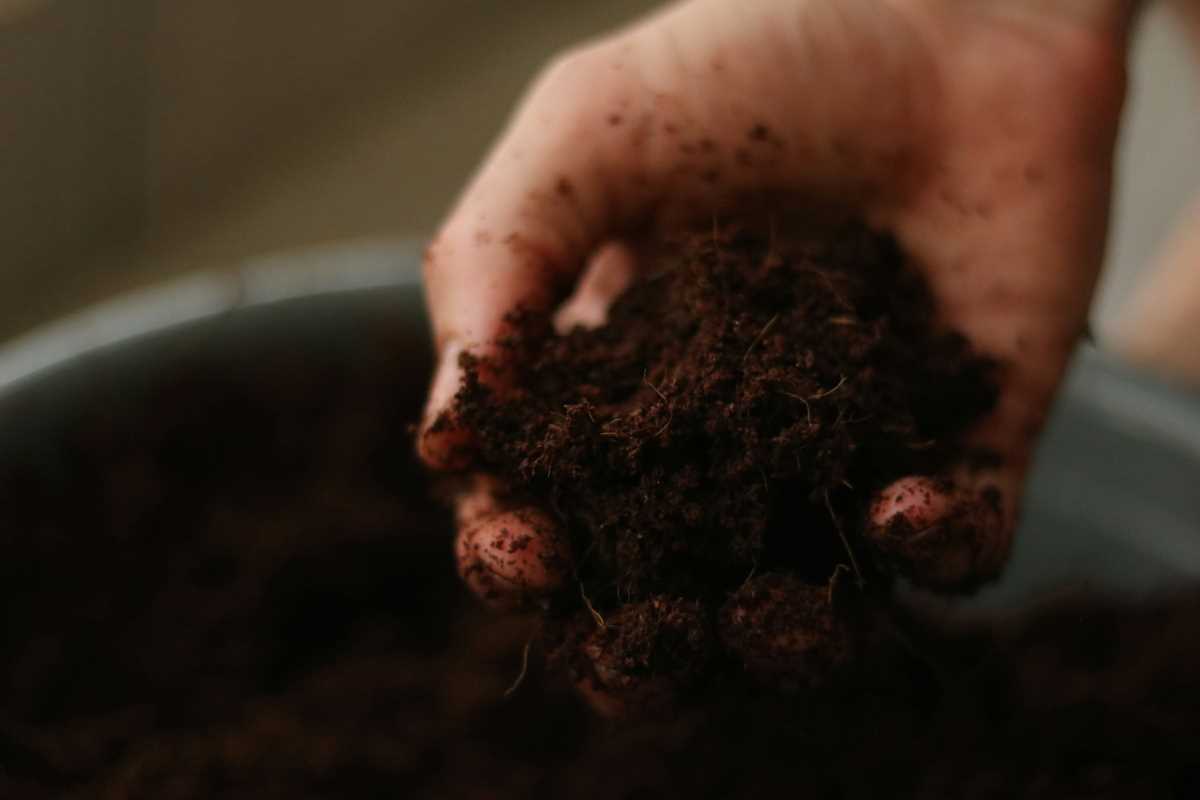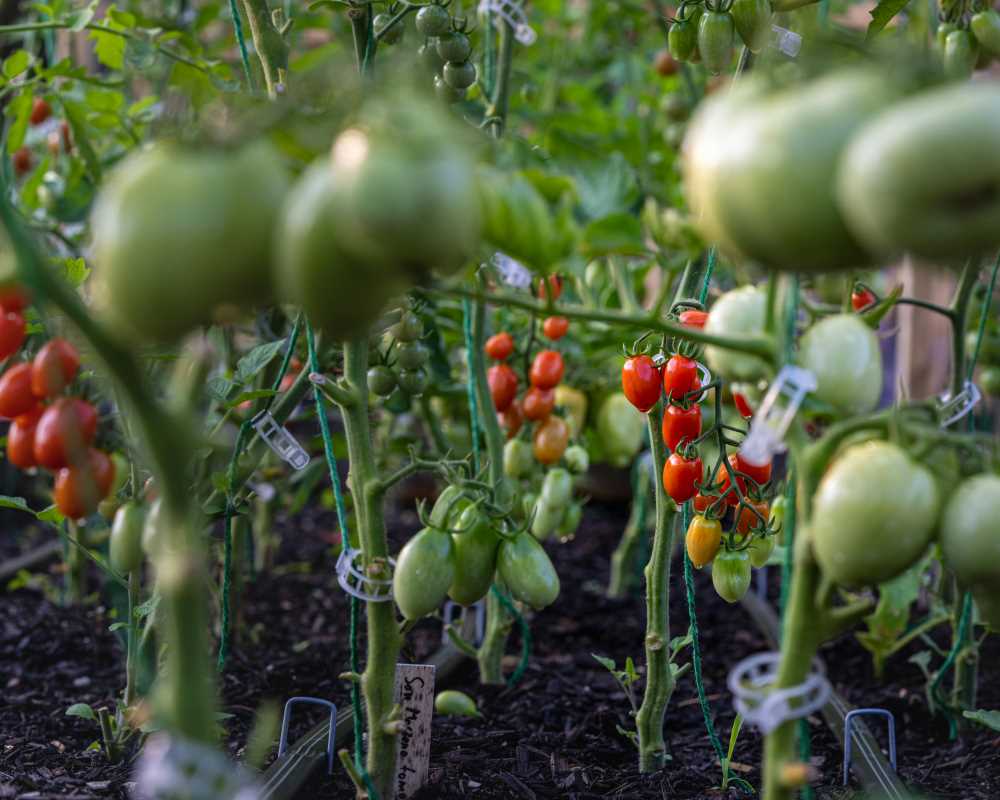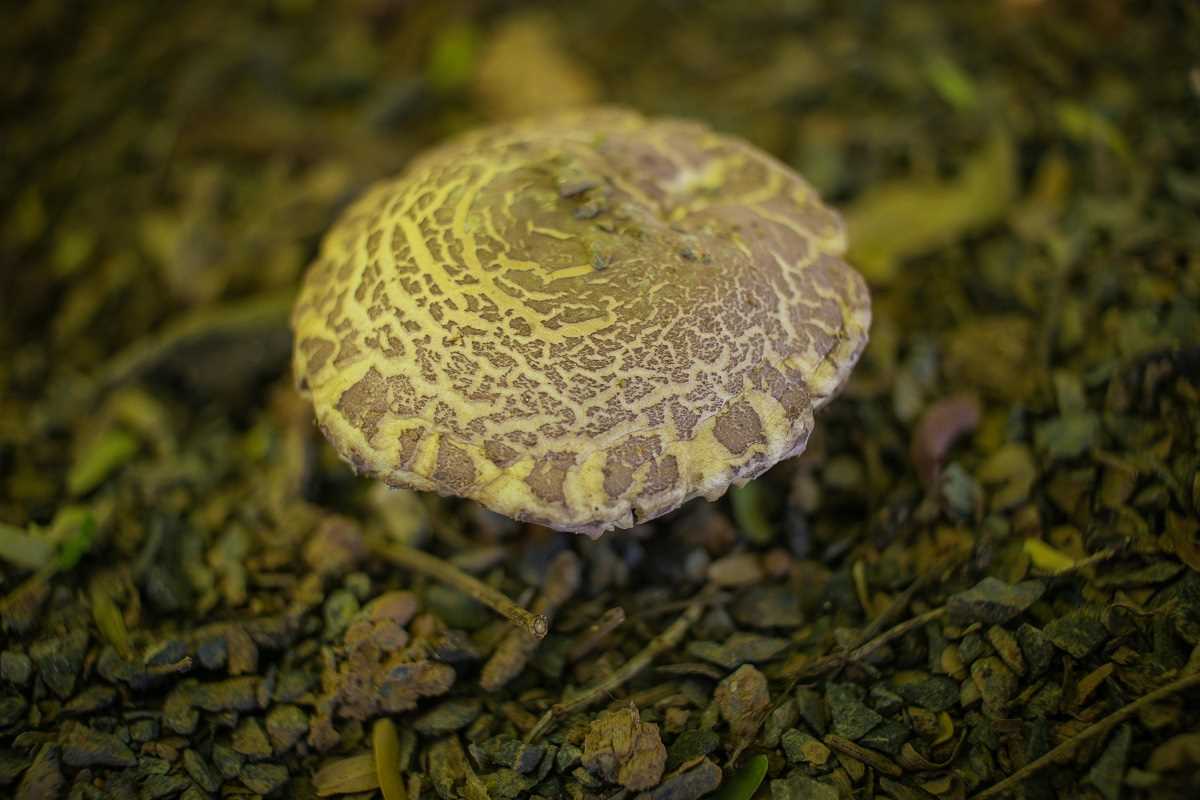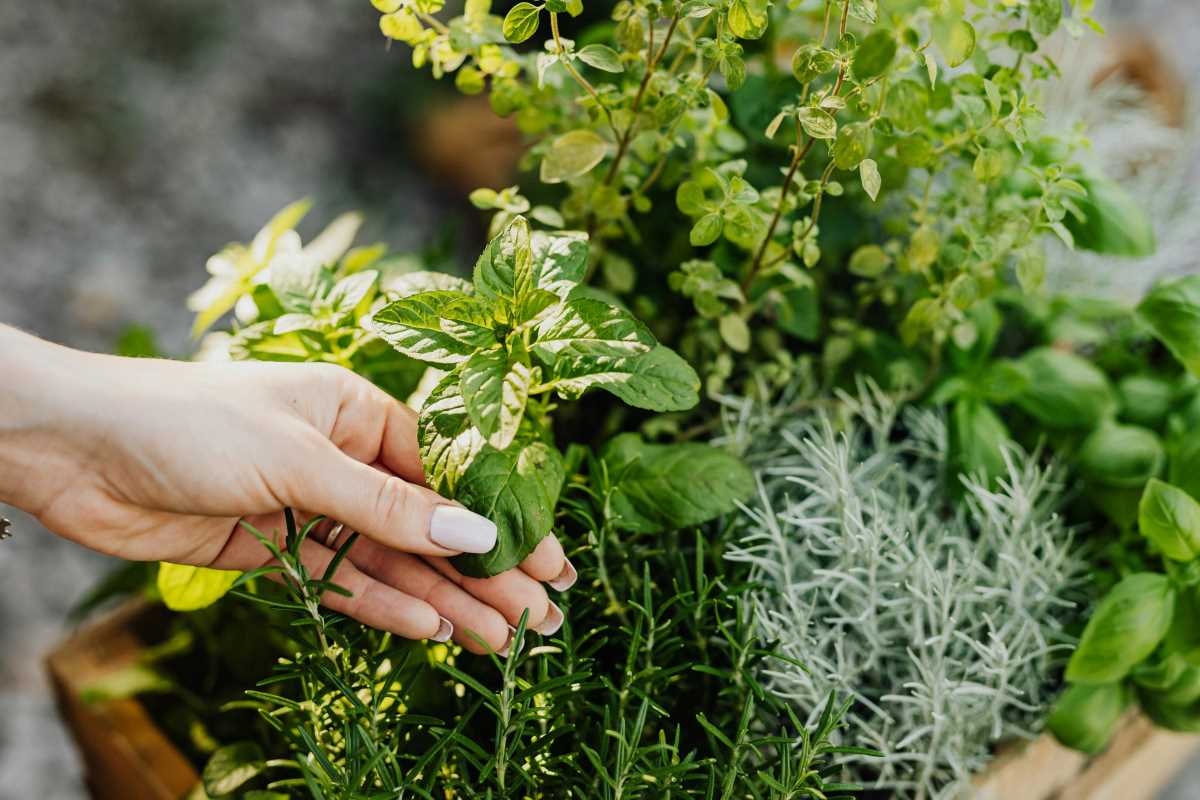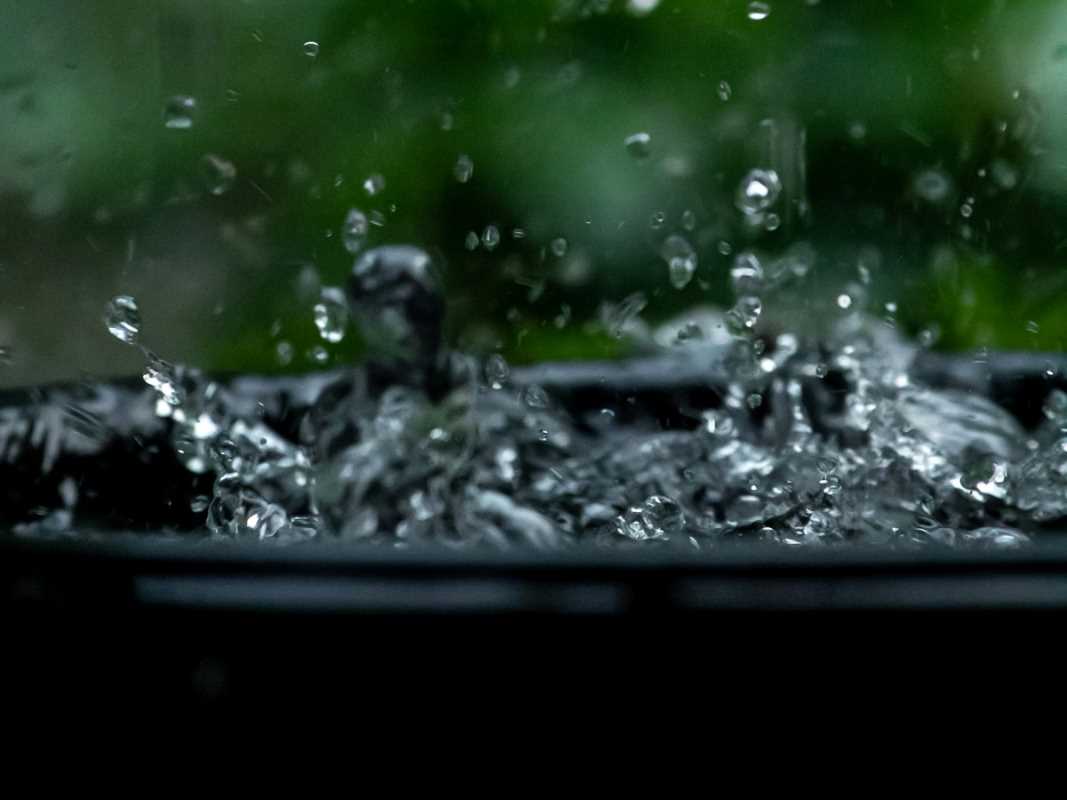Starting and maintaining a greenhouse at home is a rewarding project that allows you to grow plants year-round, no matter the weather. Whether you’re looking to cultivate fresh vegetables, exotic flowers, or simply extend your growing season, a greenhouse provides the perfect controlled environment. With the right setup and maintenance, your greenhouse can flourish and provide you with endless gardening possibilities.
This guide is designed for beginners, offering step-by-step instructions and practical tips to get started and keep your greenhouse flourishing.
Step 1. Choose the Right Greenhouse
The first decision you’ll need to make is which type of greenhouse best suits your needs, space, and budget. Greenhouses come in various styles, sizes, and materials, so it’s important to weigh your options carefully.
Types of Greenhouses
- Freestanding Greenhouses: Perfect if you have ample outdoor space. These standalone structures provide plenty of room for plants and offer excellent light exposure.
- Lean-To Greenhouses: Ideal for smaller spaces, these greenhouses attach to a wall of your home or garage, utilizing the existing structure for support.
- Mini Greenhouses: Compact and portable, these are great for beginners or gardeners with limited space. Models range from shelving units with plastic covers to small glass enclosures.
- Cold Frames: Simple structures placed directly over garden beds to protect plants from frost.
Materials to Consider
- Glass: Offers excellent light transmission but is heavier and more expensive.
- Polycarbonate Panels: Durable, lightweight, and good at diffusing light, reducing the chance of plant scorching.
- Polyethylene Film: Affordable and easy to install but less durable and may need frequent replacement.
Choose a greenhouse type and material that fits your size requirements, climate, and gardening goals.
Step 2. Pick the Perfect Location
The location of your greenhouse can make or break its success. Plants rely on sunlight, so ensuring adequate exposure is crucial.
Key Considerations for Greenhouse Placement
- Sunlight: Position the greenhouse where it will receive at least 6–8 hours of sunlight daily. Orienting it east to west maximizes light exposure.
- Wind Protection: Strong winds can damage your structure and lower its internal temperature. Place the greenhouse near a natural windbreak, like a fence or hedge.
- Accessibility: Situate the greenhouse close to your home or a water source for convenience when watering and maintaining plants.
- Drainage: Choose a level spot with good drainage to prevent water from pooling around the base.
Investing time in selecting the right location ensures your greenhouse will perform its best.
Step 3. Setting Up Your Greenhouse
Once you’ve chosen the type and location of your greenhouse, it’s time to set it up. Whether you’re building from a kit or installing a pre-assembled structure, proper setup ensures optimal functionality.
Steps to Get Your Greenhouse Up and Running
- Prepare the Foundation: A solid foundation provides stability. Options include gravel, pavers, or a concrete slab.
- Install the Frame and Glazing: Assemble the frame according to the manufacturer’s instructions and attach the glazing (glass or panels) securely.
- Add Shelving or Tables: Ensure there’s enough workspace inside for pots, tools, and plants. Look for materials resistant to rust and moisture.
- Plan Pathways: If you have a larger greenhouse, leave walking paths to make moving around easier during maintenance.
Step 4. Select the Right Plants
One of the joys of greenhouse gardening is the ability to grow plants that might not thrive outdoors in your climate. When starting, focus on easy-to-grow plants that match your experience level and interests.
Popular Plants for Greenhouses
- Vegetables: Tomatoes, cucumbers, lettuce, peppers, and spinach.
- Herbs: Basil, parsley, thyme, and cilantro.
- Flowers: Geraniums, begonias, and fuchsias.
- Tropical Plants: Orchids, ferns, and bromeliads if you’re interested in exotic gardening.
Start small, then expand as you learn how to manage your greenhouse's unique conditions.
Step 5. Maintain Optimal Greenhouse Conditions
Keeping your greenhouse environment consistent is essential for plant health. This includes managing temperature, humidity, ventilation, and watering.
Temperature Control
- Heating: During colder months, use electric heaters, propane heaters, or natural heat from the sun to maintain optimal temperatures. Insulate your structure with bubble wrap for added warmth.
- Cooling: Overheating can stress plants. Use shade cloths, ventilation fans, or open windows to cool things down during summer.
Most plants thrive in a range between 65°F and 75°F. Installing a thermometer helps you monitor and adjust the temperature as needed.
Ventilation
Proper airflow prevents diseases and ensures plants can breathe.
- Install ridge vents, side vents, or roof windows for natural ventilation.
- Use oscillating fans to circulate air evenly throughout the space.
Humidity Management
High humidity encourages fungal growth, while low humidity may dry out plants. Manage moisture with these tips:
- Water plants early in the morning to allow leaves to dry during the day.
- Use a hygrometer to monitor humidity levels and adjust by adding ventilation or misting systems.
Step 6. Watering and Irrigation
Watering is one of the most important aspects of greenhouse gardening. Plants in a greenhouse can dry out faster than their outdoor counterparts due to the controlled environment.
Best Practices for Watering
- Stay Consistent: Water the same time each day. Early morning watering is ideal.
- Avoid Overwatering: Overwatered plants are prone to root rot. Check soil moisture using your finger or a moisture meter before watering.
- Consider Drip Irrigation: For larger greenhouses, automated drip irrigation systems ensure consistent watering without extra effort.
Step 7. Pest Management
Even a greenhouse isn’t immune to pests, so proactive management is essential to keep problems under control.
Eco-Friendly Pest Control Tips
- Inspect Plants Regularly: Check for signs of aphids, mites, or whiteflies and address infestations early.
- Use Sticky Traps: Yellow sticky traps attract and capture flying pests.
- Introduce Beneficial Bugs: Ladybugs and predatory insects can naturally control unwanted pest populations.
- Keep It Clean: Remove dead plant material and weeds regularly, as they can attract pests.
Step 8. Regular Maintenance
Once your greenhouse is set up and stocked, consistent maintenance is key to long-term success.
Important Maintenance Tasks
- Clean Glazing: Wash glazing panels regularly to maximize light exposure.
- Check Equipment: Inspect heaters, fans, and irrigation systems for functionality.
- Replenish Soil: Replace or rejuvenate potting soil with fresh compost annually to maintain nutritional quality.
- Declutter: Organize tools and dispose of plants past their prime to keep your space efficient.
Regular upkeep will help you avoid big problems down the line while keeping your greenhouse garden thriving.
Enjoy Year-Round Gardening
Starting and maintaining a greenhouse at home might seem like a big step, but with this guide, you’ll have everything you need to make it a success. From planning and setup to choosing plants and managing conditions, your greenhouse will soon become a productive, rewarding space.
 (Image via
(Image via